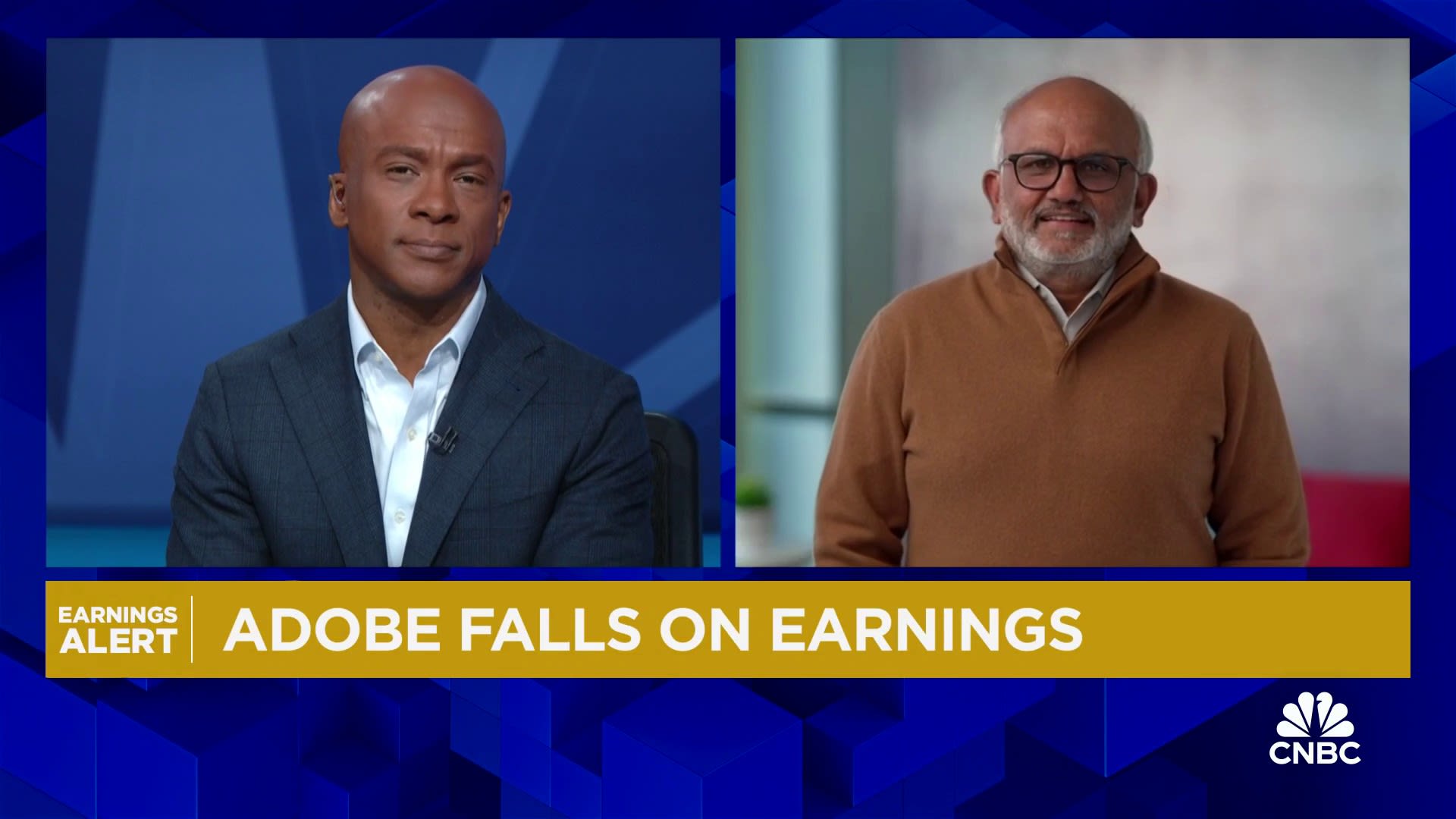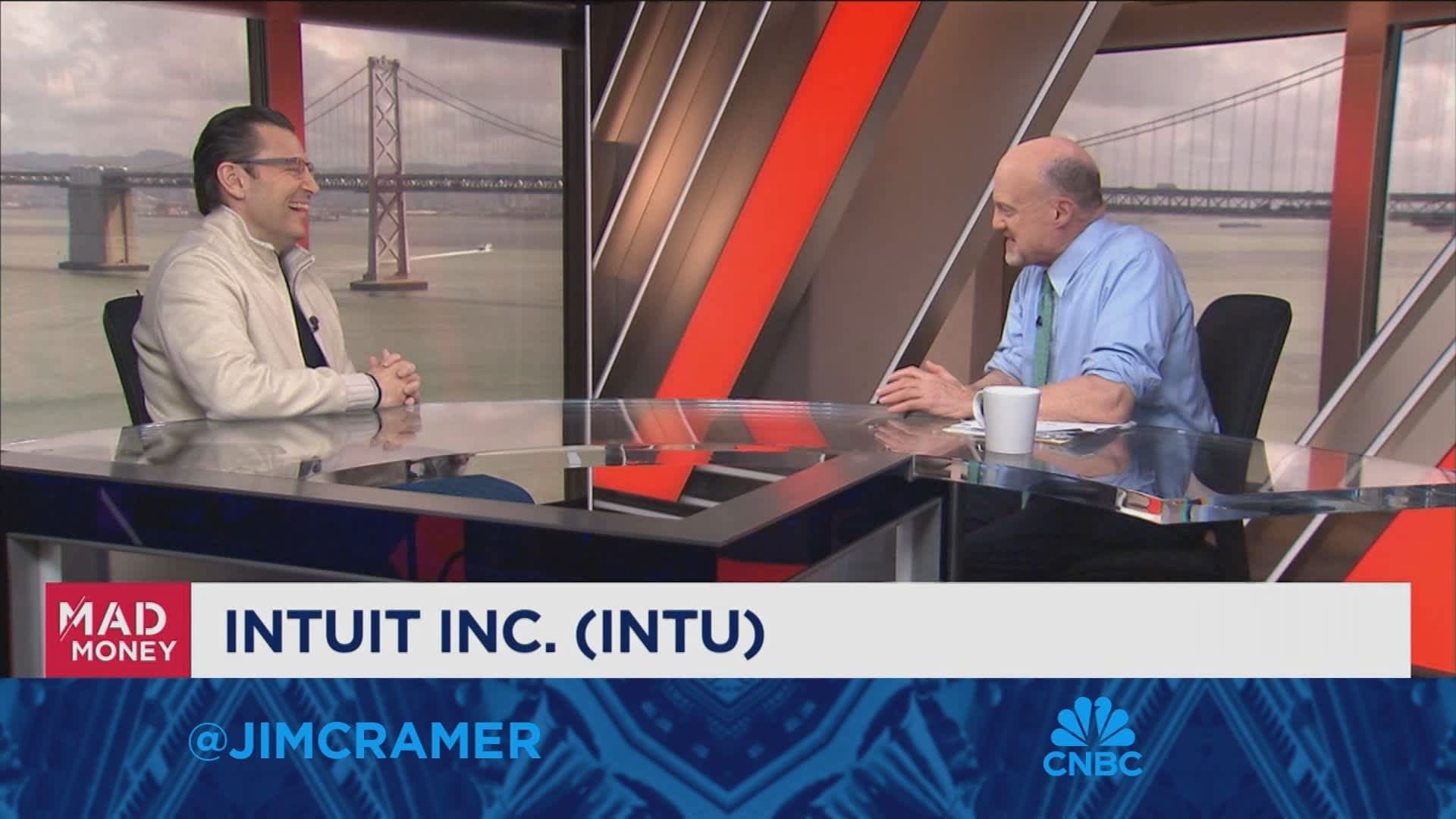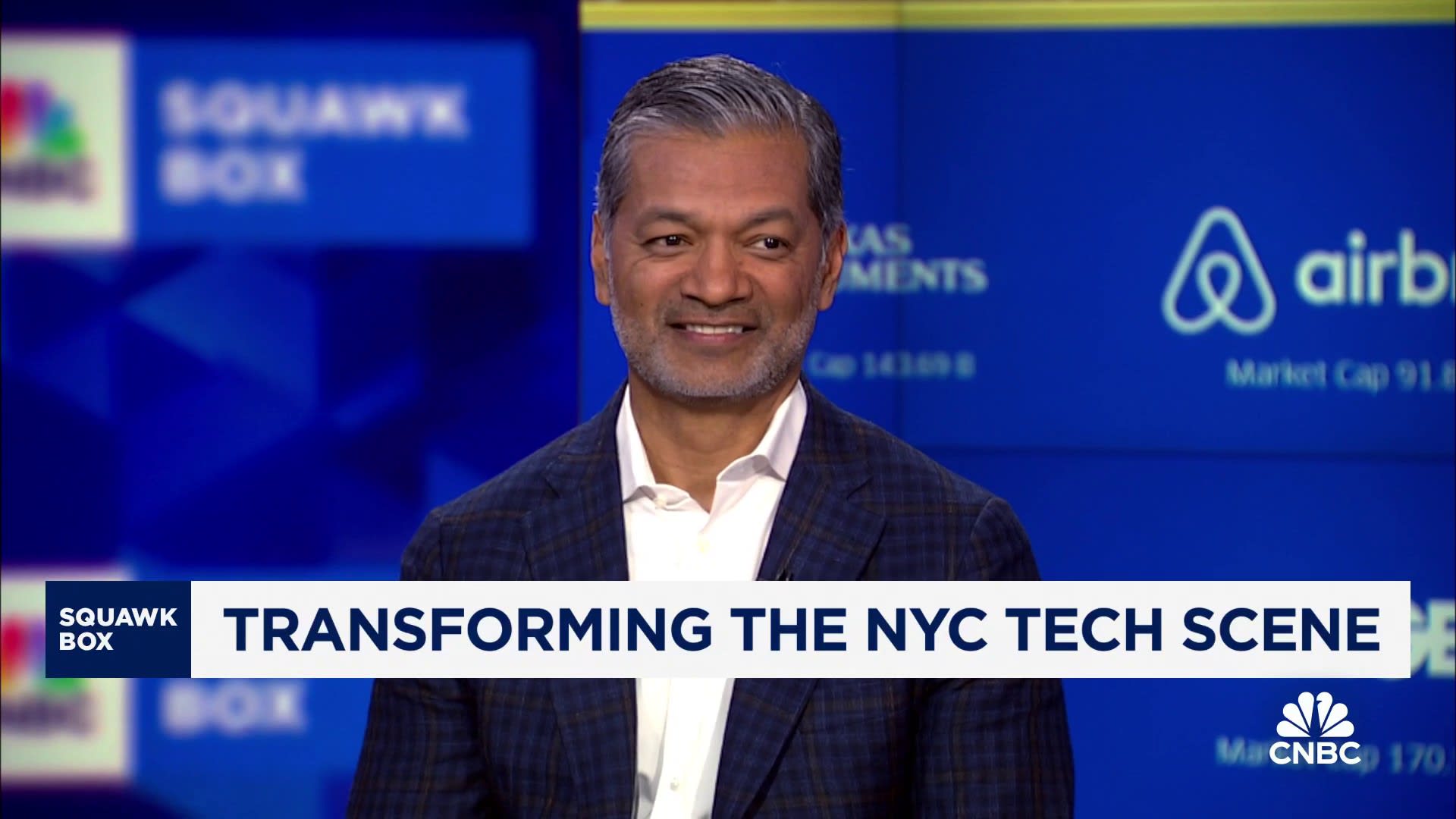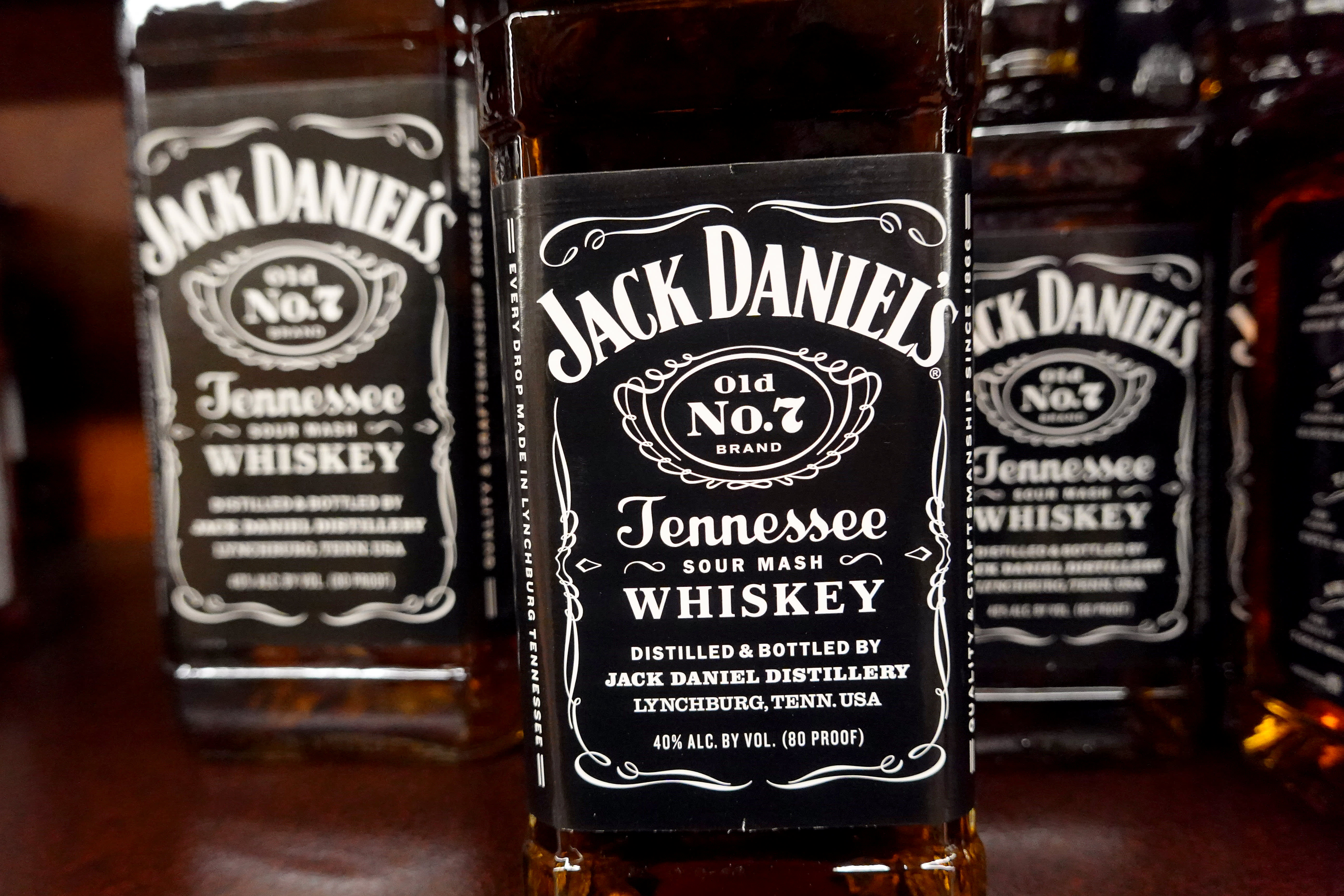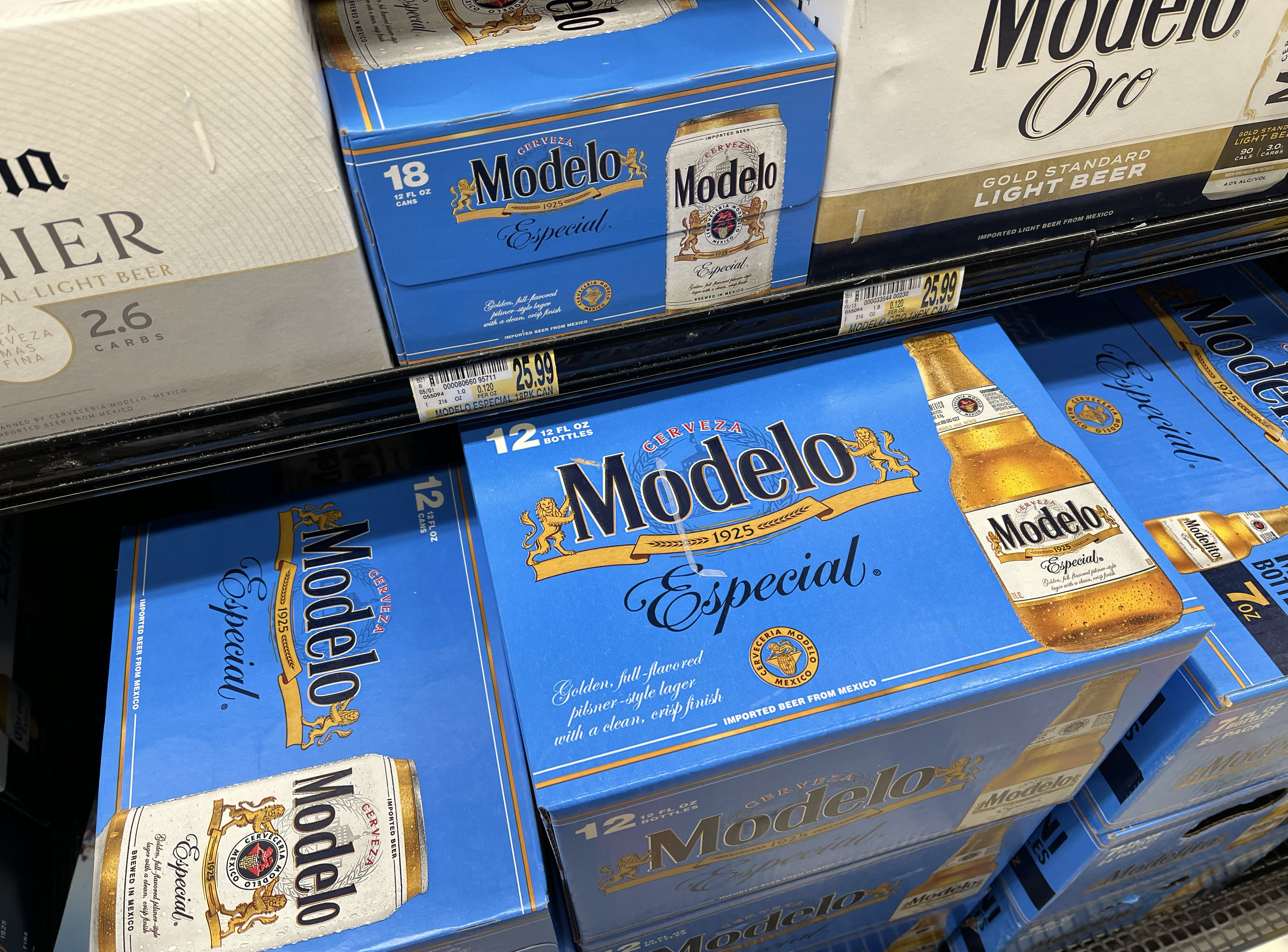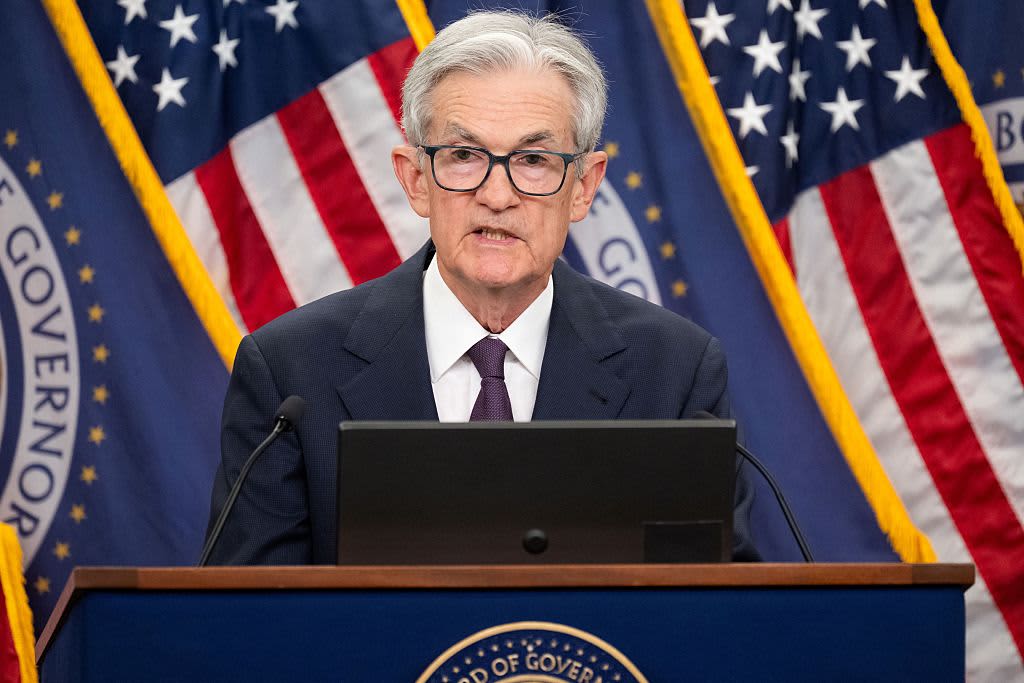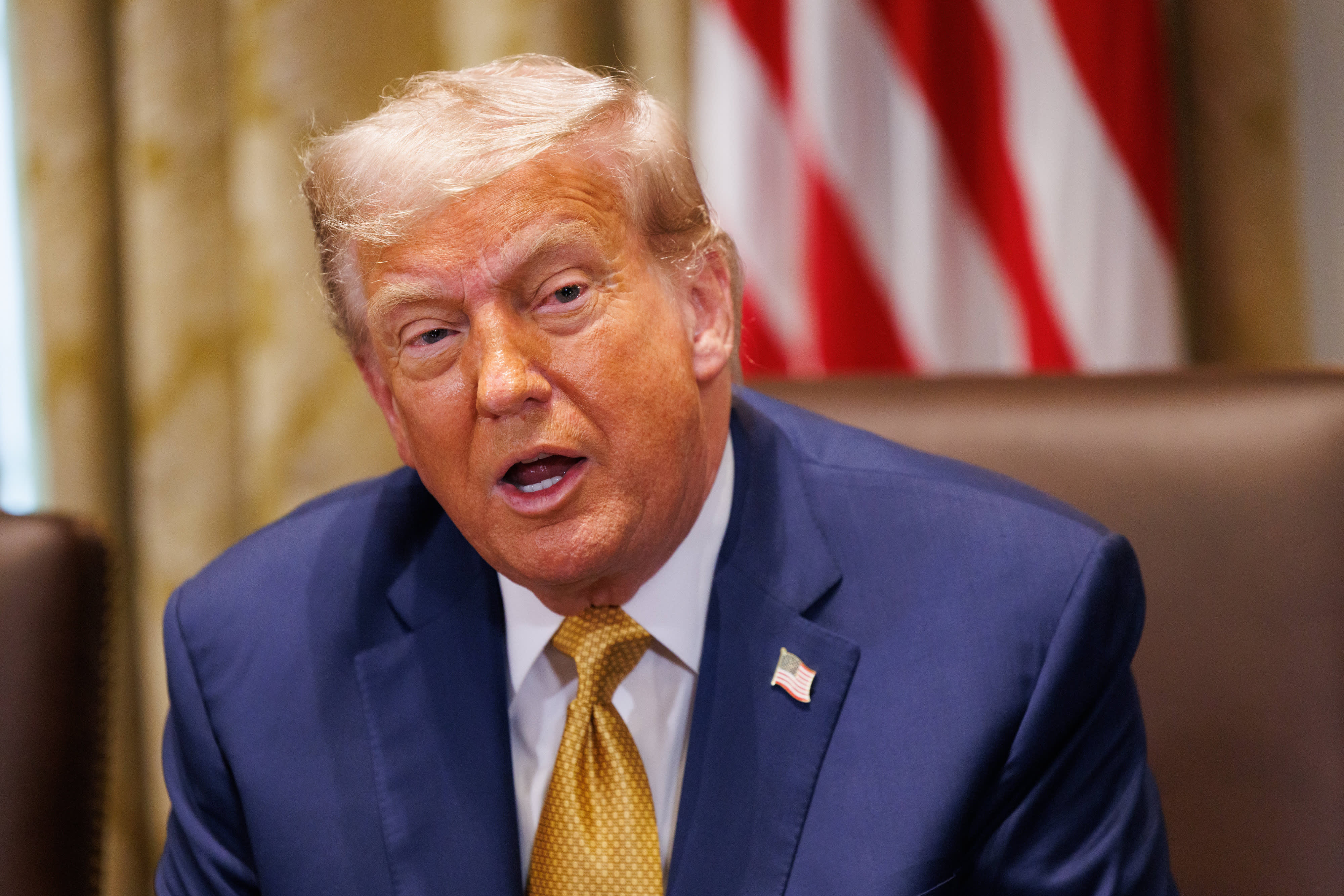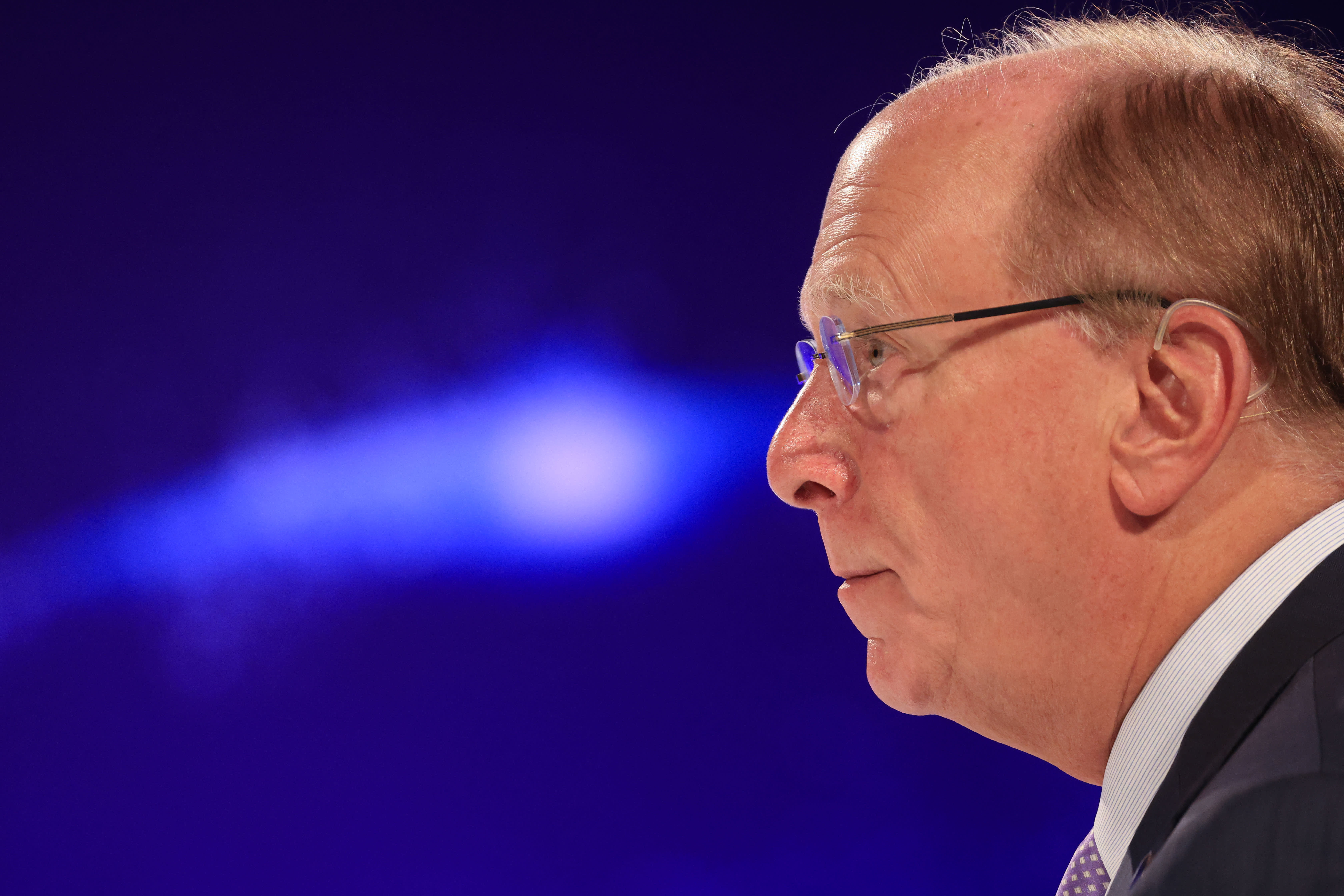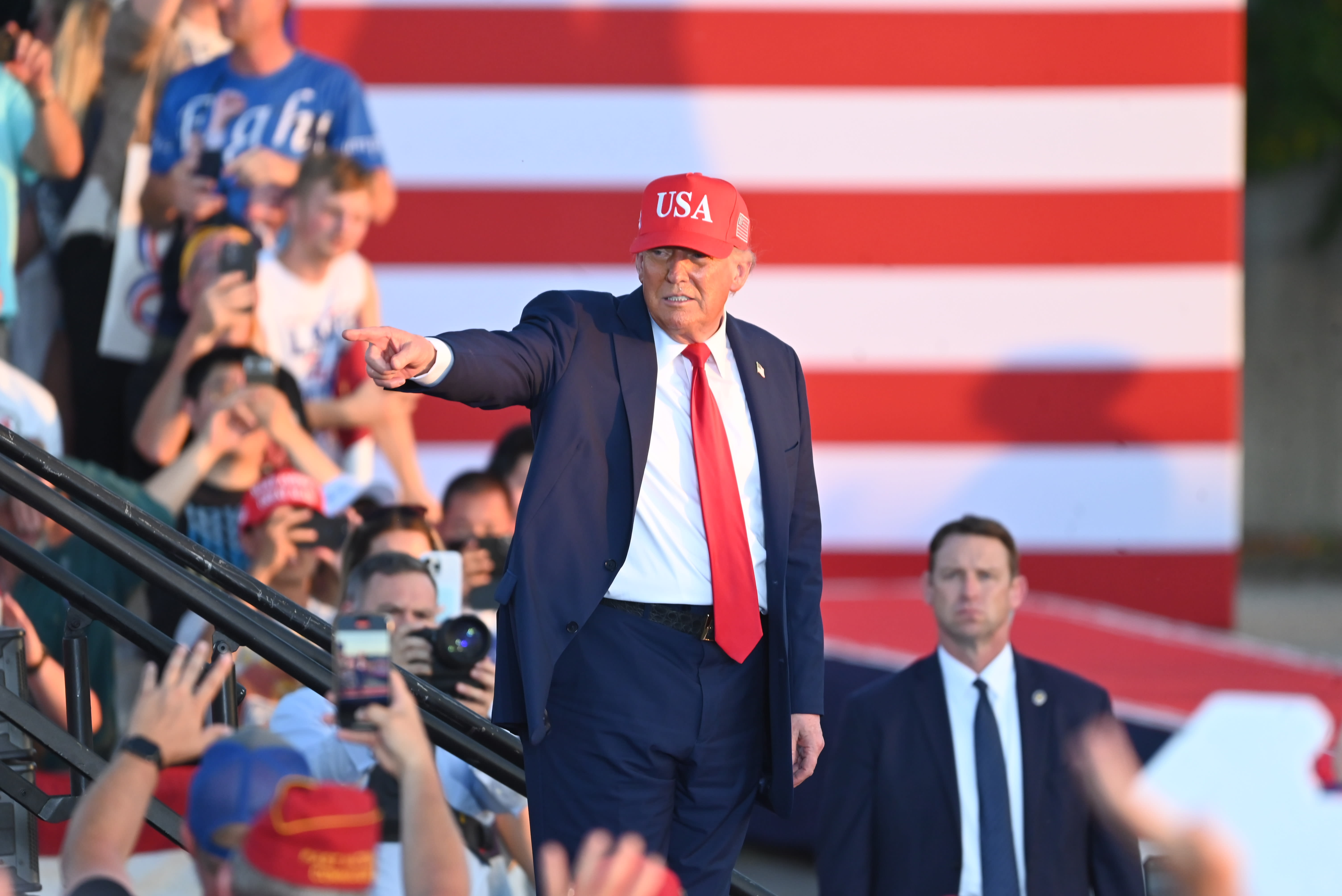Customers shop at a Nike store in an outlet mall in Los Angeles, Nov. 8, 2024.
Frederic J. Brown | Afp | Getty Images
Nike’s turnaround will take a bit longer than expected under new CEO Elliott Hill, who outlined his strategy to return the company to growth on Thursday after the retailer blamed deep discounting for declining revenue and profit.
The sneaker giant has been relying on promotions to drive sales, and it plans to return its online business to a full-price model, but first, it will need to aggressively liquidate old inventory through “less profitable channels,” said Hill and finance chief Matt Friend.
“What I’ve seen is traffic in Nike direct, digital and physical, has softened because we lack newness in product and we’re not delivering inspiring stories,” said Hill. “The result is we’ve become far too promotional … Entering the year, our digital platforms were delivering roughly a 50/50 split of full price to promotional sales. The level of markdowns not only impacts our brand, but it also disrupts the overall marketplace and the profitability of our partners.”
As a result, Nike expects gross margins to be down between 3 and 3.5 percentage points during the holiday quarter. It also expects sales to be down low double digits, worse than what analysts surveyed by LSEG had expected.
While expectations were low for Nike’s most recent quarter headed into Thursday’s release, the sneaker giant handily beat Wall Street’s expectations on the top and bottom lines.
Here’s how Nike did in its fiscal second quarter of 2025 compared with what Wall Street was anticipating, based on a survey of analysts by LSEG:
- Earnings per share: 78 cents vs. 63 cents expected
- Revenue: $12.35 billion vs. $12.13 billion expected
Nike shares initially spiked following the results but pared gains after Hill delivered his opening remarks on a call with analysts.
Nike’s reported net income for the three-month period ended Nov. 30 fell to $1.16 billion, or 78 cents per share, compared with $1.58 billion, or $1.03 per share, a year earlier.
Sales fell to $12.35 billion, down about 8% from $13.39 billion a year earlier.
Hill, who started with Nike as an intern in the 1980s before leaving the company in 2020, is tasked with turning around the world’s largest sportswear company after it fell behind on innovation, ceded market share to competitors and botched its selling strategy.
“I have an irrational love for this company. I know Nike inside and out, take pride in what the brand stands for and want to see the company succeed,” Hill said in his opening remarks to analysts. “In a moment where our team, brand and business are being challenged, my singular focus is to help get us back on track, to get back to winning.”
Elliott Hill, president and CEO of Nike, Inc.
Courtesy: Nike
During his opening remarks, Hill delivered a resounding rebuke of the strategies that have come to define his predecessor John Donahoe’s tenure as CEO.
He said the company had spent too much of its resources focused on driving online sales, paying for performance marketing and isolating wholesale partners — strategies that he now plans to unwind. He acknowledged that key wholesale partners feel Nike has turned its back on those partnerships and said the company is now working to build back their trust.
“We know our sales teams will have to earn every ‘open to buy’ dollar, but we’re investing to make sure our partners feel supported,” said Hill. “We’ll do more than just sell in our products. We’ll actively support mutually profitable sell-through. Simply put, we will win when our partners win.”
That’s good news for partners such as Foot Locker, JD Sports and Dick’s Sporting Goods, which rely on Nike products to drive sales.
Hill also called out a criticism that has swirled around Nike for the last couple of years: that the company lost sight of what had long defined the brand — athletes and performance — leading it to cede market share to competitors such as Asics, On Running and Hoka.
“We lost our obsession with sport,” said Hill. “The reliance on a handful of sportswear silhouettes is not who we are.”
Hill appeared to be referencing the company’s previous decision under Donahoe to focus growth on three key franchises — Air Force 1s, Dunks and Air Jordan 1s. For years, those lifestyle brands drove sales, but Nike made so many of the shoes that they became commonplace and uncool. As a result, Nike is trying to cut back supply, which it has said will impact sales in the short term, but hopefully not the long term.
Sneaker sales
During the most recent quarter, sales at Nike’s store and online were down 13% while wholesale revenues were down 3%. The steep discounting contributed to a 1 percentage point decline to gross margin, which came in at 43.6%, slightly better than the 43.3% StreetAccount analysts had expected.
Inventory, another area for concern, was flat compared with the prior year at $8 billion. Units were up, but that was offset by lower product input costs and a shift in product mix.
Still, inventories were higher than the company wants them to be, especially given “recent sales trends,” Friend said.
While Nike saw sales down in all four of its geographies, results were better than expected in all regions except for China, which saw sales decline 8% to $1.71 billion, below the $1.75 billion StreetAccount had expected.
In North America, Nike saw sales of $5.18 billion, an 8% decline but ahead of the $5.01 billion Street Account had expected. In Europe, Middle East and Africa, sales were down 7% to $3.30 billion, slightly ahead of the $3.26 billion StreetAccount had expected. And in Asia Pacific and Latin America, sales fell 3% to $1.74 billion, ahead of the $1.62 billion analysts had expected.
Converse, which Nike acquired in 2003, has also dragged down the company’s overall performance, with sales down 17% during the period to $429 million, far below the $462.6 million that analysts polled by StreetAccount had expected.
Nike’s shift away from Dunks and Air Force 1s as well as its steep discounting has also affected Foot Locker, which missed Wall Street’s estimates on the top and bottom lines in its third-quarter report Dec. 4 in part because of soft demand for Nike products, its CEO Mary Dillon told CNBC at the time.
Since Hill took the helm just over two months ago, he has scored a few wins. The National Football League announced Dec. 11 that it had renewed its contract with Nike after it briefly courted other bidders. Amid criticism for falling behind on innovation and botching a uniform release for Major League Baseball, the NFL’s decision to renew its contract with Nike through 2038 was a major vote of confidence.
Now, Nike is the exclusive uniform provider for the NFL, MLB, and the National Basketball Association.
Shares of Nike were down about 27% in 2024 as of Wednesday afternoon, compared with a roughly 27% gain for the S&P 500.
